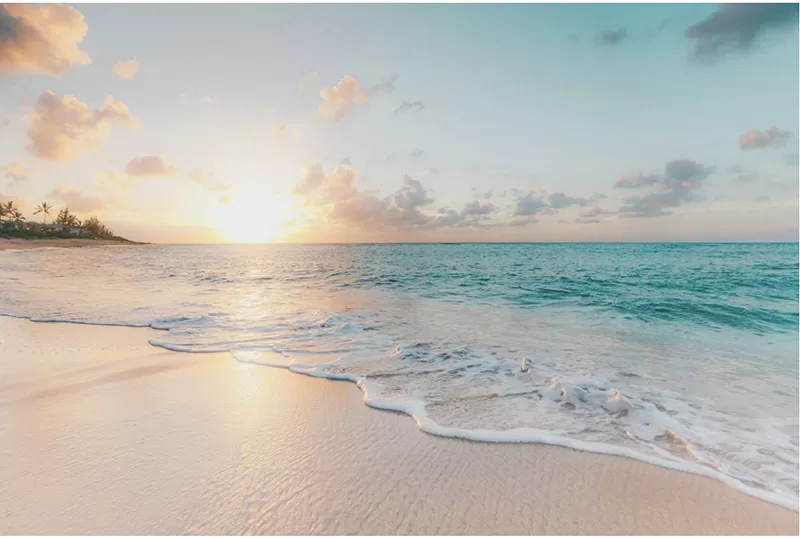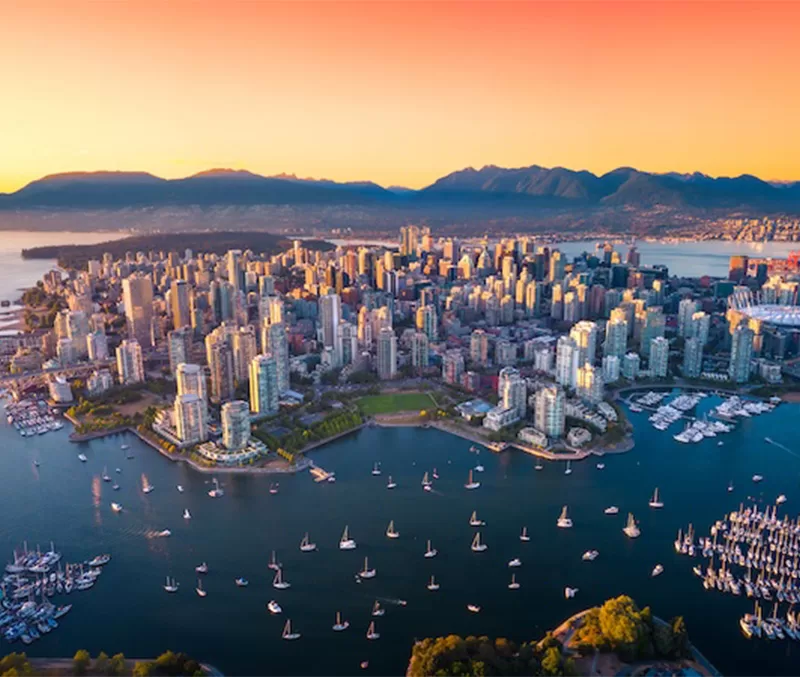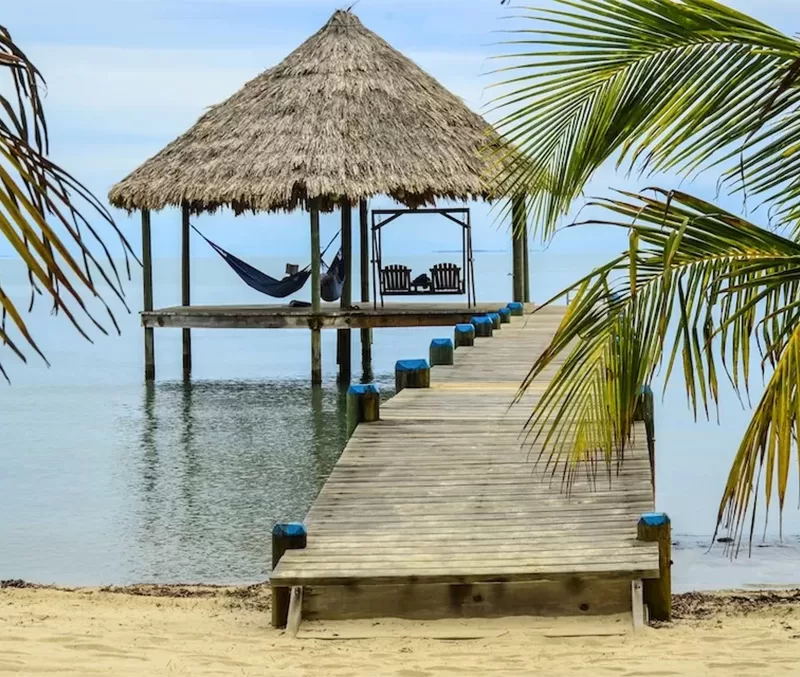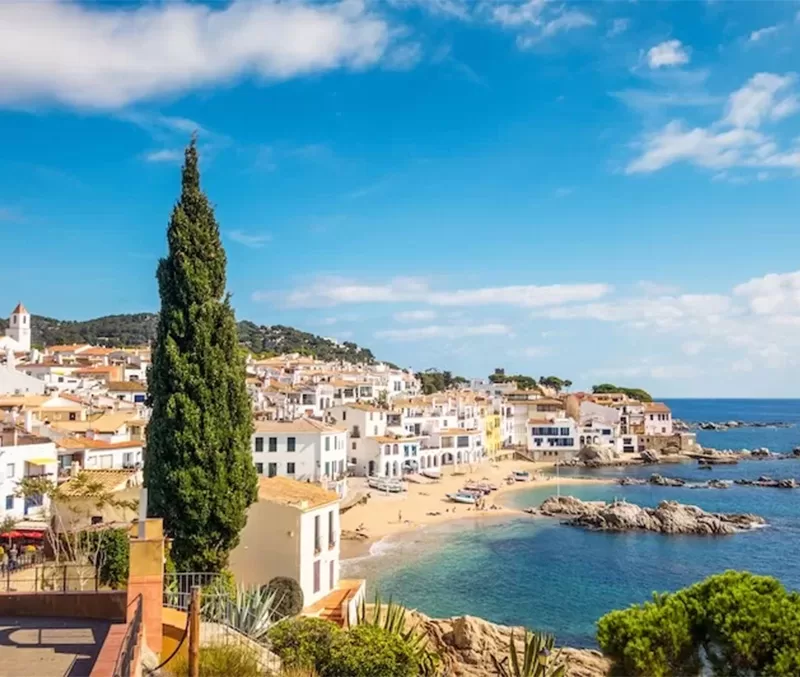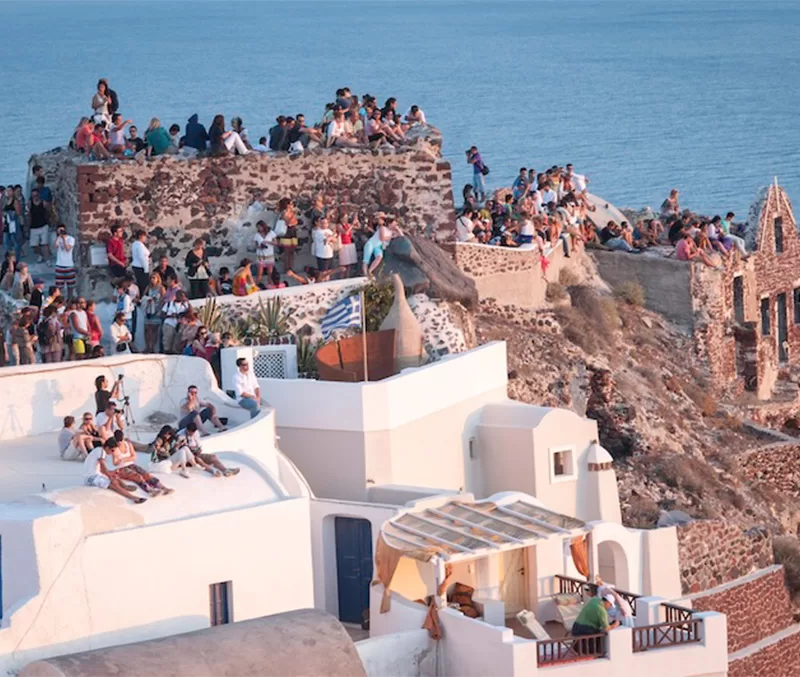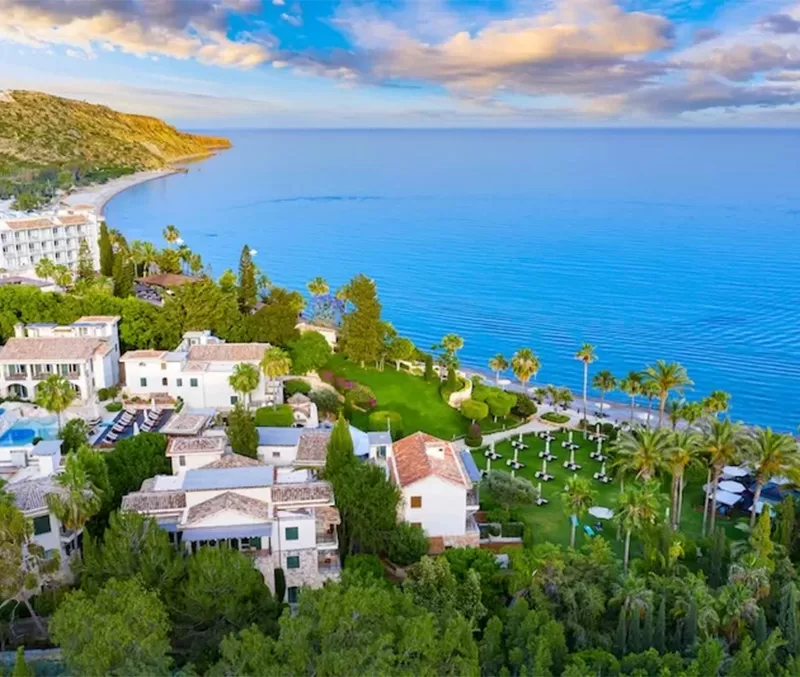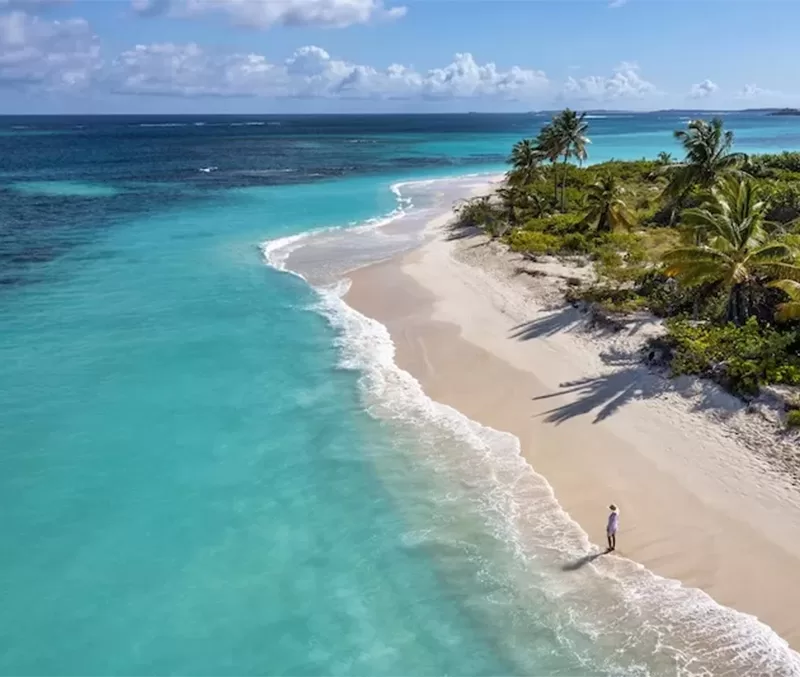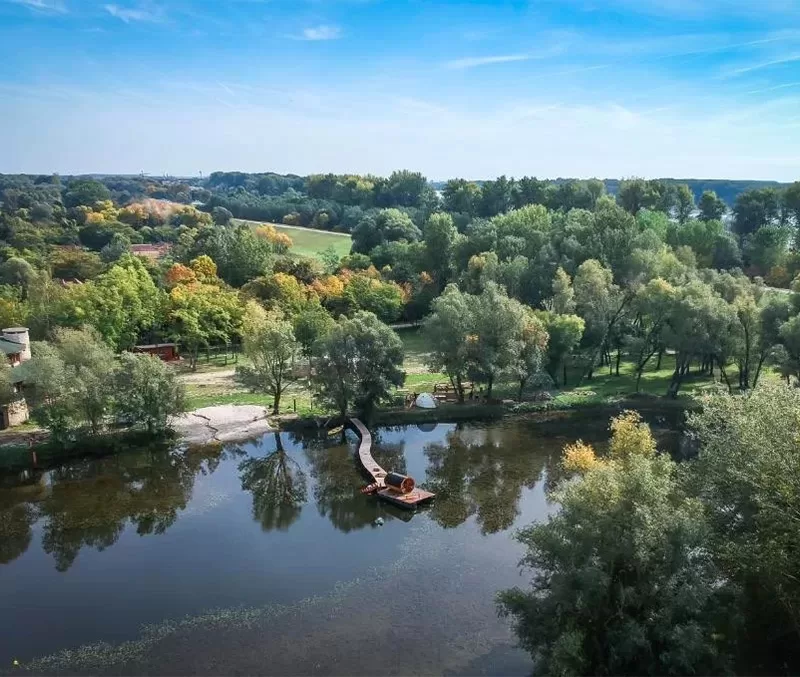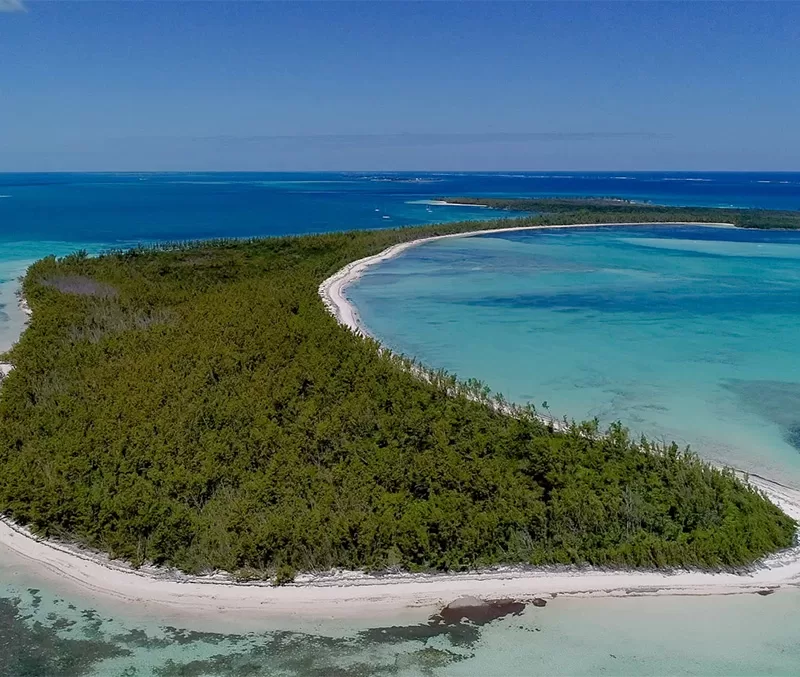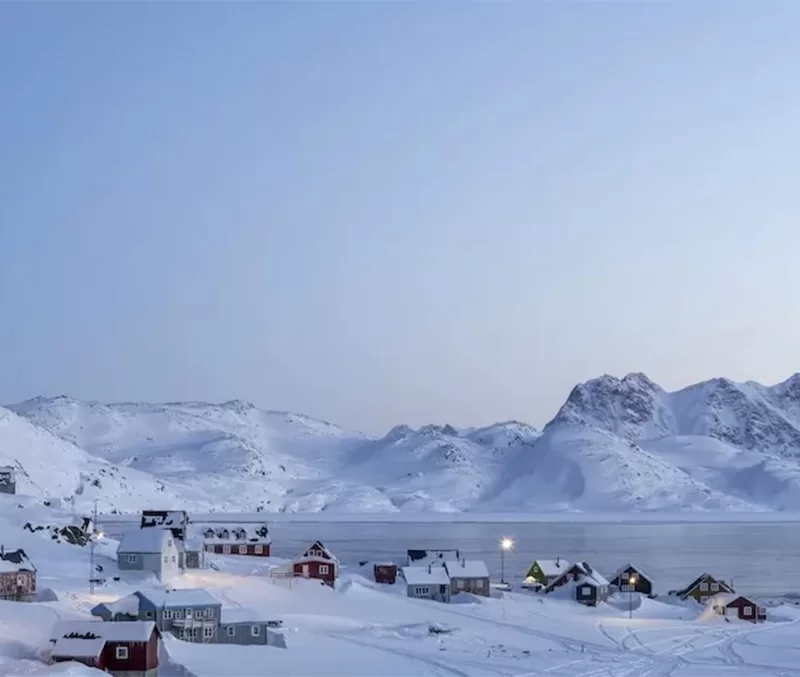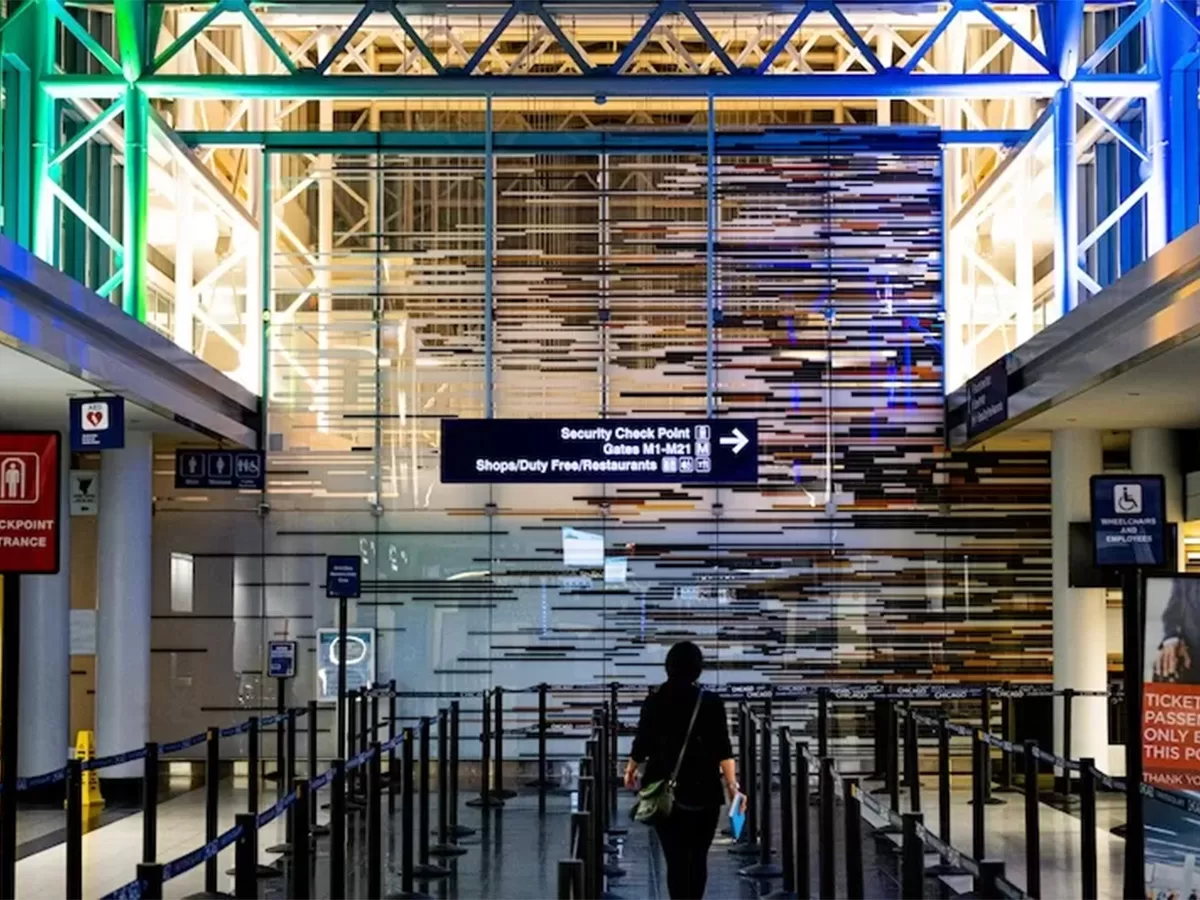Besides the Argentine identification documents called a documento nacional de identidad in Spanish or DNI, there are two other two national ID documents are a passport and a cédula de identidad.
As soon as you have your permanent DNI, even though you still have a foreign passport, you can receive a cédula de identidad. This is a national identification card and is a small, laminated card, rather than the small booklet which is the DNI.
Why would you need a cédula de identidad? First, you are asked to show I.D. at times, for example, when paying with a debit card or a credit card. Carrying a laminated card is easier than carrying the DNI. Some people may be interested in opening a bank account in another South American country. For example, Uruguay is known as the Switzerland of South America. A bank official told me that you can open a bank account in many other South American countries, identifying yourself as an Argentine, with two forms of Argentine identification. You can use a DNI, a passport, or a cédula de identidad. You only need two of these three. You can choose which two.
To receive an Argentine cédula de identidad, you need to take the following documents to the headquarters of the federal police in Buenos Aires:
- Your Argentine DNI
- An original birth certificate with apostille from birth state. An apostille is a document from the office of the Secretary of State’s office in each state of the USA that will verify the signature of the public official that has signed the document. This means that it verifies the notary’s signature, and thus the document is legal for use in most countries of the world. For example, for a birth certificate, the State Registrar of Vital Records may have signed and placed the state seal or stamp. Each original birth certificate needs its apostille. So after you have the birth certificate in hand, you will have to send it to another state agency, the Secretary of State, for the apostilles.
- If you are married, an original marriage certificate with apostille from the marriage state. All of the above documents have to be translated into Spanish by an approved translation company and the translation is legalized by the Colegio de Traductores in Buenos Aires. You should have a photocopy of all of these original documents, including the DNI. Take both your photocopies and your original documents to the federal police headquarters. They will look at the originals and keep the photocopies.
In today’s troubled world, people are interested in having more than one passport. Many Americans believe that it is illegal to have a second passport. This is not true. It is legal and there are guidelines to do this correctly.
It takes two years of permanent residency before you can apply for an Argentine passport. To apply, first, you obtain Argentine citizenship before a judge and change your DNI to Argentine ones. The DNIs that you get before becoming an Argentine citizen states that you are a foreigner. Then, when applying for an Argentine passport, you must show: first, that you have no criminal record; second, a certificate of domicile; third, DNI and the original disposition from Argentine Immigration that you received when getting your permanent DNI; fourth, your passport; and fifth, a marriage certificate if you are married. A foreign marriage certificate needs its apostille, and both documents need to be translated into Spanish by an approved translation company. This translation is legalized by the Colegio de Traductores in Buenos Aires.
I should mention that people obtain permanent residency and Argentine citizenship by having a child born in Argentina. Argentina does not want their native born children to leave the country and encourages the family to stay by granting all the family members permanent residency or citizenship. The family members still have to present the proper paperwork to the proper authorities but they do not have to go through the temporary visas and renewals that are usually required before being granted permanent residency or citizenship.
Excerpted and adapted from the ebook “Argentine Residency and Retirement” by Delores Johnson.



